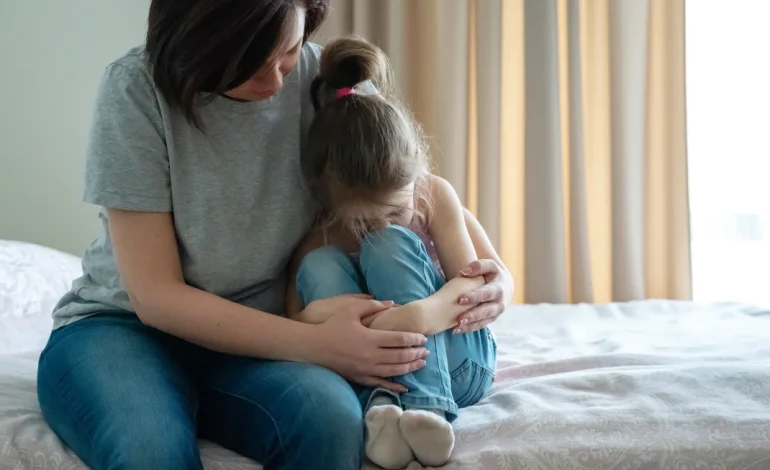Autism has long been considered a predominantly male condition, a belief that has shaped both research and diagnostic practices, CNN reports.
Historically, researchers and clinicians have focused on behaviors commonly observed in boys, leading to a significant gap in the identification of autism in girls and women.
A 2020 review found that boys are ten times more likely than girls to be referred for autism assessments. Furthermore, a 2023 study suggests that up to 80% of autistic girls and women are initially misdiagnosed with conditions like social anxiety, eating disorders, or borderline personality disorder before receiving an accurate autism diagnosis.
Gina Rippon, a professor emeritus of cognitive neuroimaging, explores this disparity in her book Off the Spectrum: Why the Science of Autism Has Failed Women and Girls. Through an analysis of over 120 studies on autism, Rippon discovered that nearly 70% of them only included male participants or very few females. Women made up less than 10% of the total participants across these studies.
The underdiagnosis of autism in girls stems from multiple factors:
Preconceived Notions – Autism research initially focused on boys, reinforcing the idea that autism primarily affects males. As a result, diagnostic tools were developed based on male behaviors, inadvertently excluding many girls who present differently.
Behavioral Differences – While boys with autism may display more outward signs, such as hyperactivity or repetitive movements, girls are more likely to internalize their struggles. They may withdraw socially rather than exhibit disruptive behaviors, making their autism less noticeable.
Social Camouflaging – Many autistic girls learn to “mask” their symptoms by mimicking neurotypical social behaviors. They may study others’ interactions and adjust their responses accordingly, often at great emotional cost. This ability to blend in can delay or prevent diagnosis altogether.
Confirmation Bias – Teachers and healthcare professionals may unconsciously interpret the same behaviors differently based on gender. Studies have shown that when presented with identical behavioral descriptions, educators are more likely to suspect autism in boys than in girls.
For many women, receiving a diagnosis later in life brings both relief and frustration. Understanding their autistic identity can help explain lifelong social struggles and sensory sensitivities. However, a late diagnosis also raises questions about how their lives might have been different if they had received appropriate support earlier.
Autism in girls is now gaining greater recognition, and recent updates to diagnostic criteria—including the acknowledgment of sensory sensitivities—may improve identification. Additionally, increasing awareness and training for educators and healthcare professionals can help ensure that autistic girls receive the support they need.










The latest news in your social feeds
Subscribe to our social media platforms to stay tuned